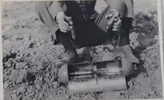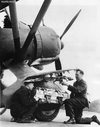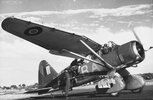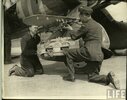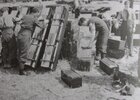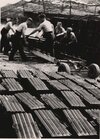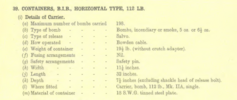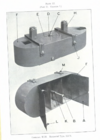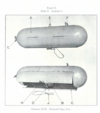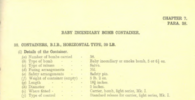In the night of 18/19 July 1940 two Hudson bombers of 206 Squadron (16 Group Coastal Command) dropped each a bomb load consisting of 3 x 250 lb. General Purpose Bombs, 4 x 25 lb. Incendiary Bombs and 60 x B.I. Bombs.
I assume B.I. Bombs are the Baby Incendiary Bombs, officially know as Bomb Incendiary 6.5 oz. Mark V.
These bombs could only be carried in containers as noted in Armament Training Manual, Part II (A.P. 1243), Chapter 7.
Who can give details about these containers for dropping B.I.B.'s during the beginning in WW-2?
I assume B.I. Bombs are the Baby Incendiary Bombs, officially know as Bomb Incendiary 6.5 oz. Mark V.
These bombs could only be carried in containers as noted in Armament Training Manual, Part II (A.P. 1243), Chapter 7.
Who can give details about these containers for dropping B.I.B.'s during the beginning in WW-2?

